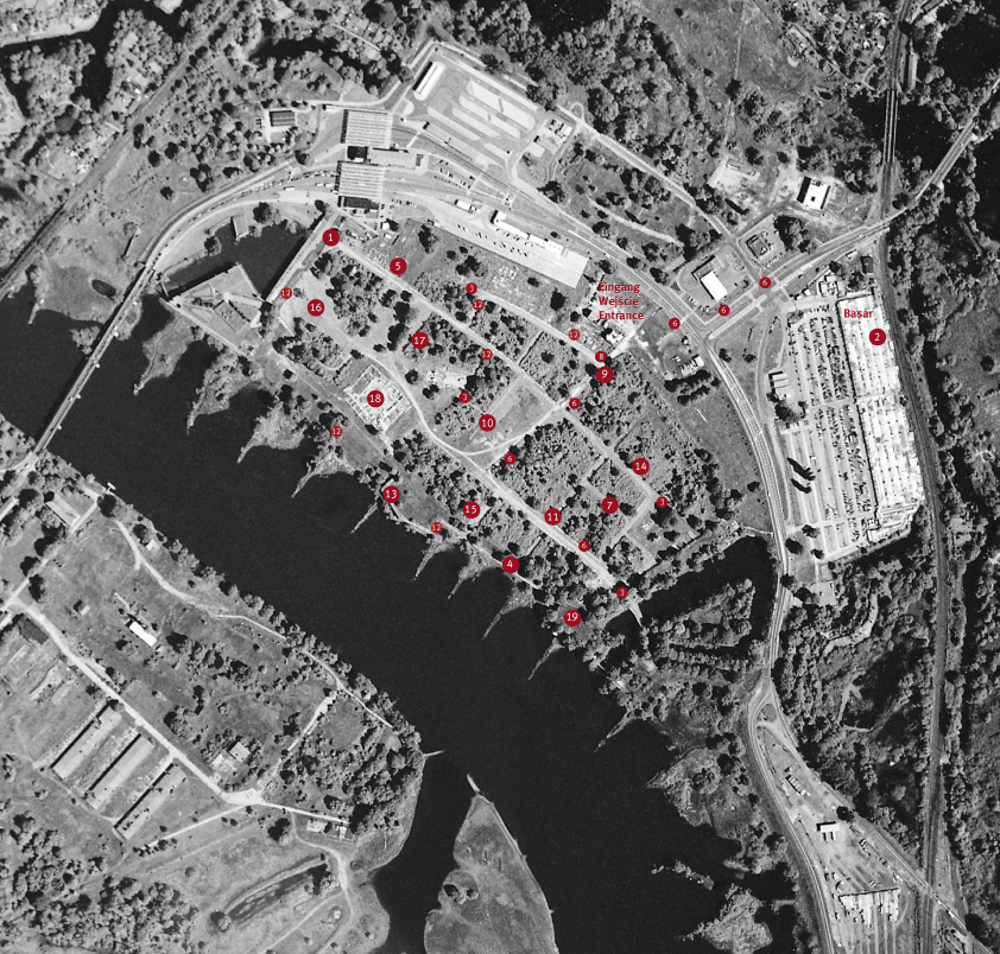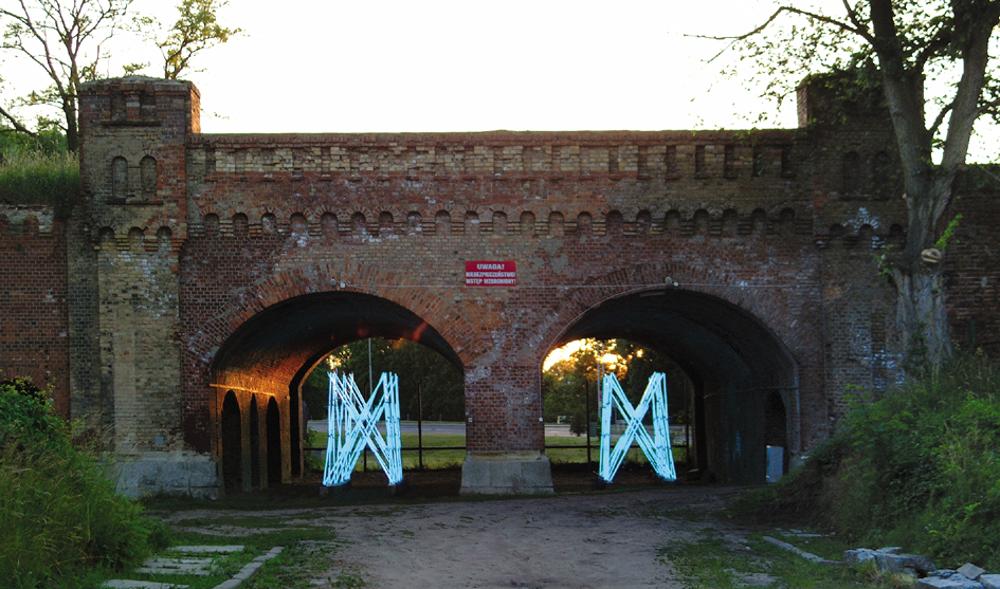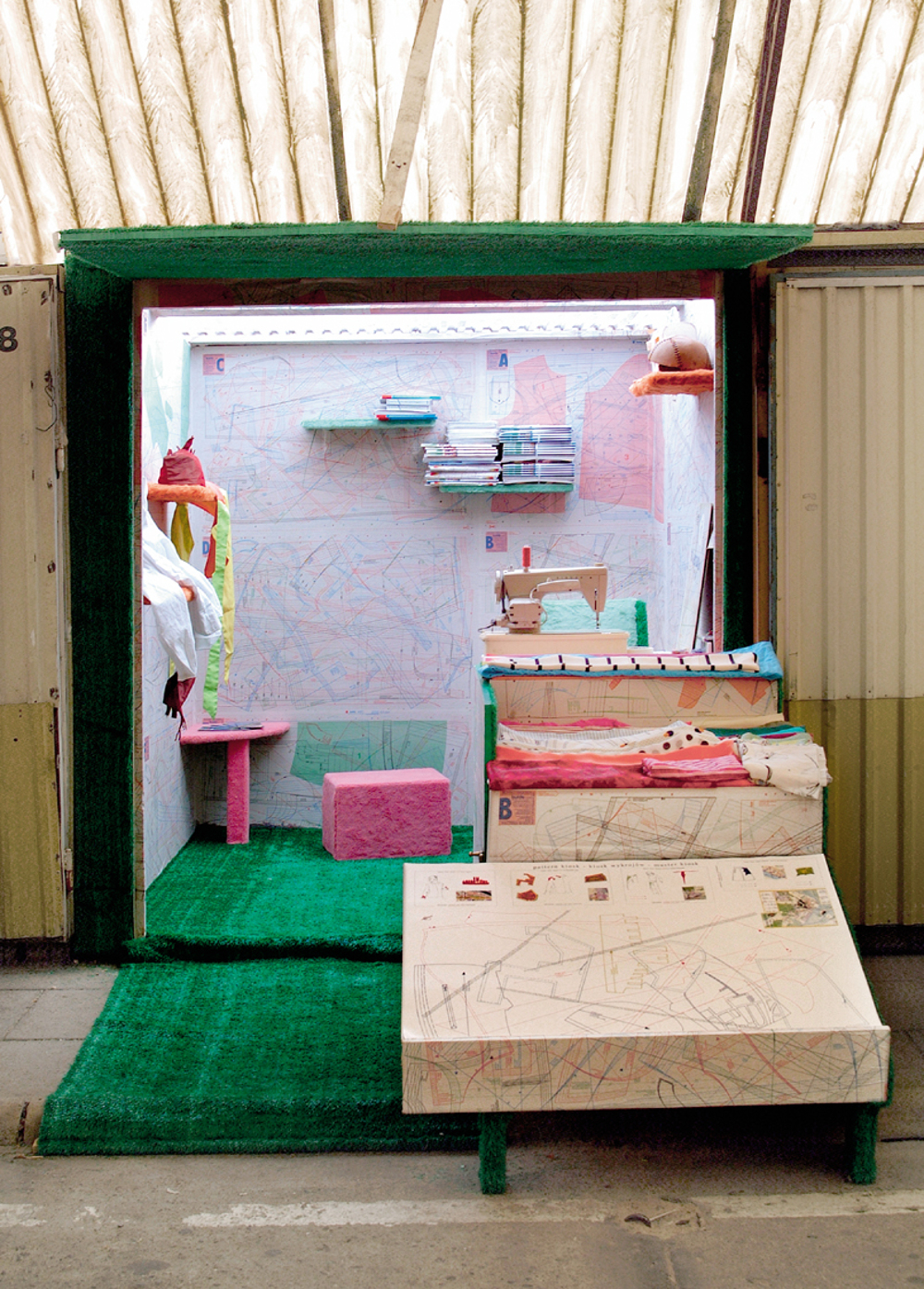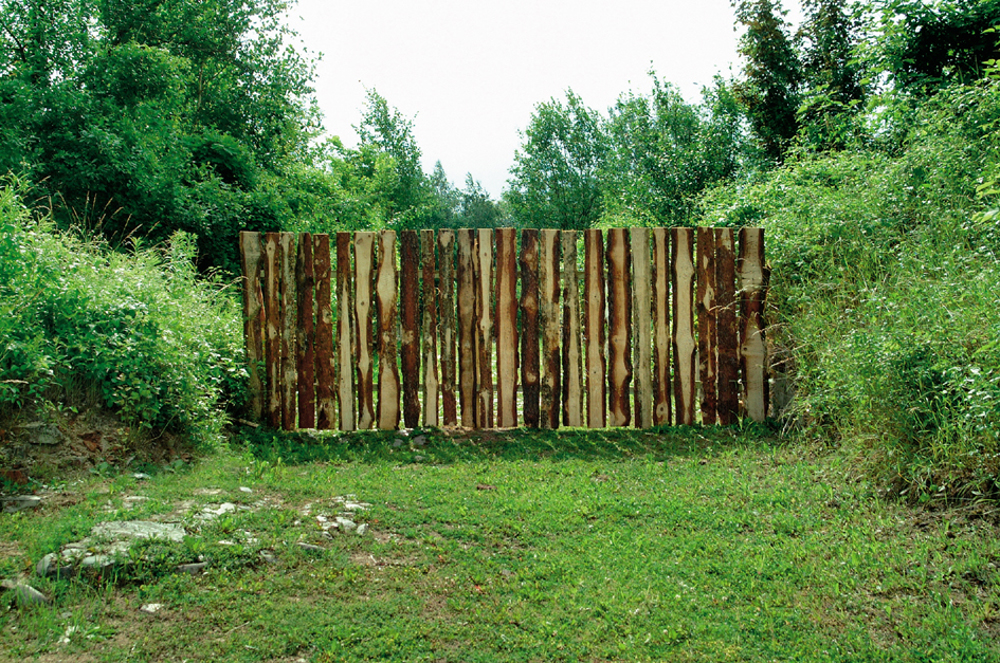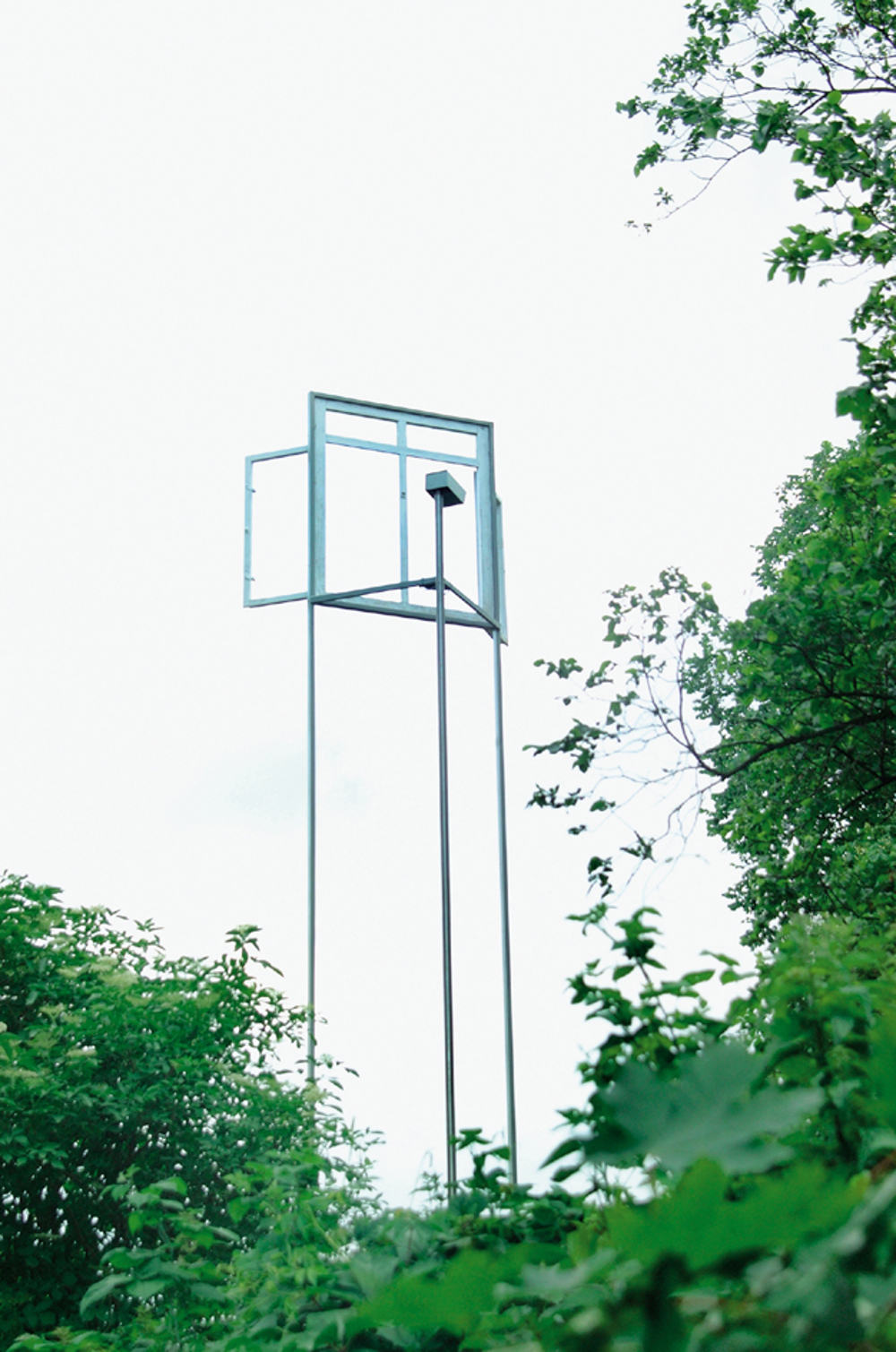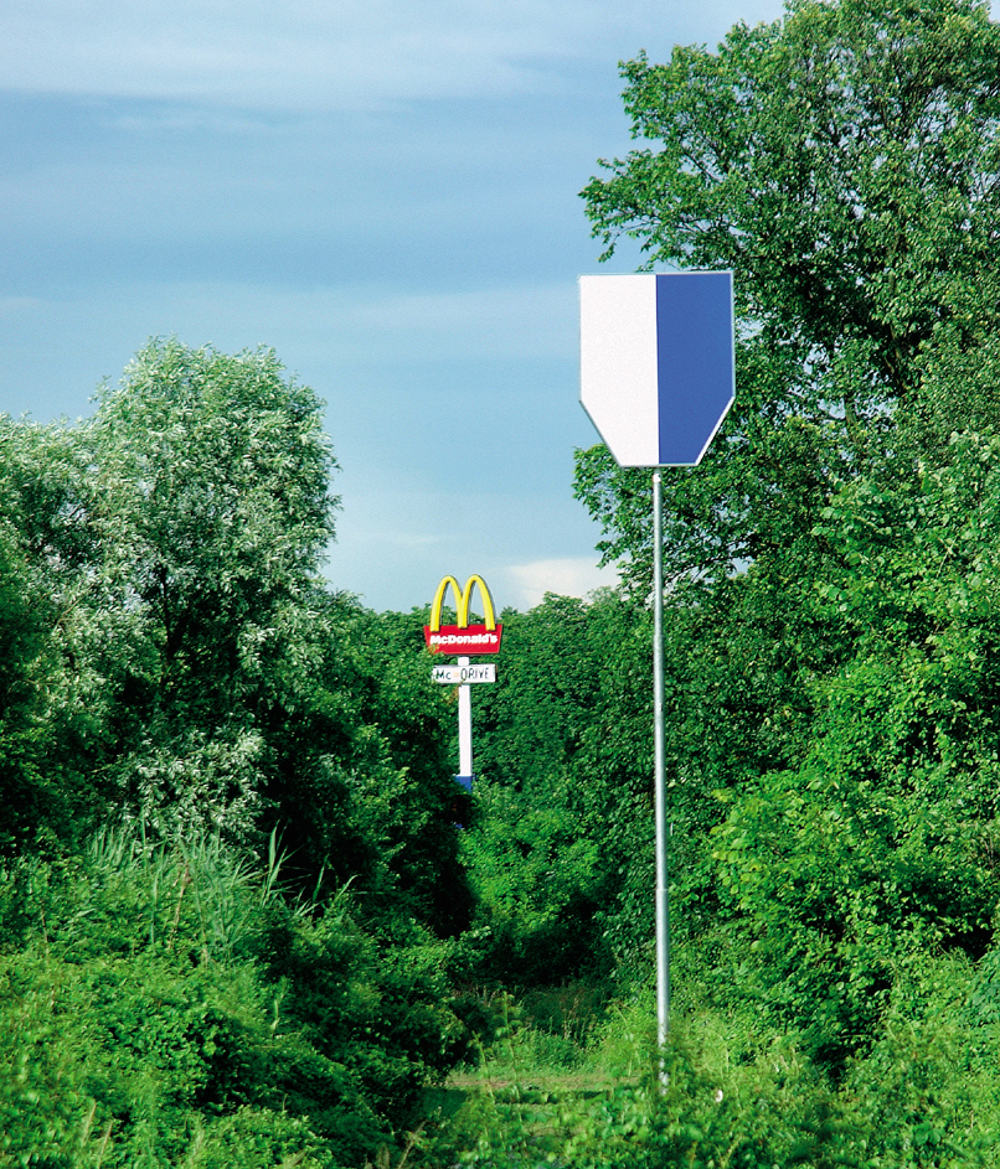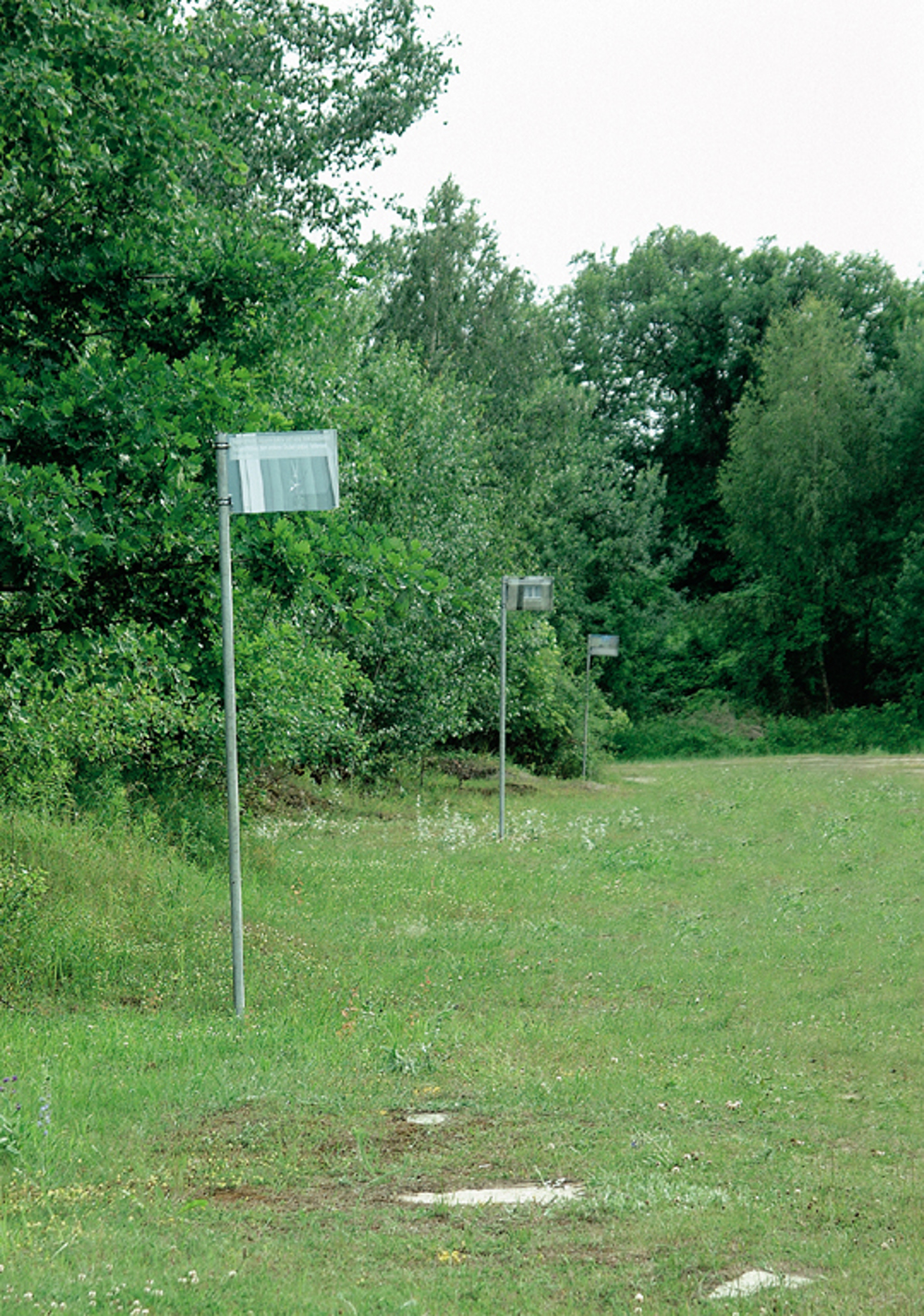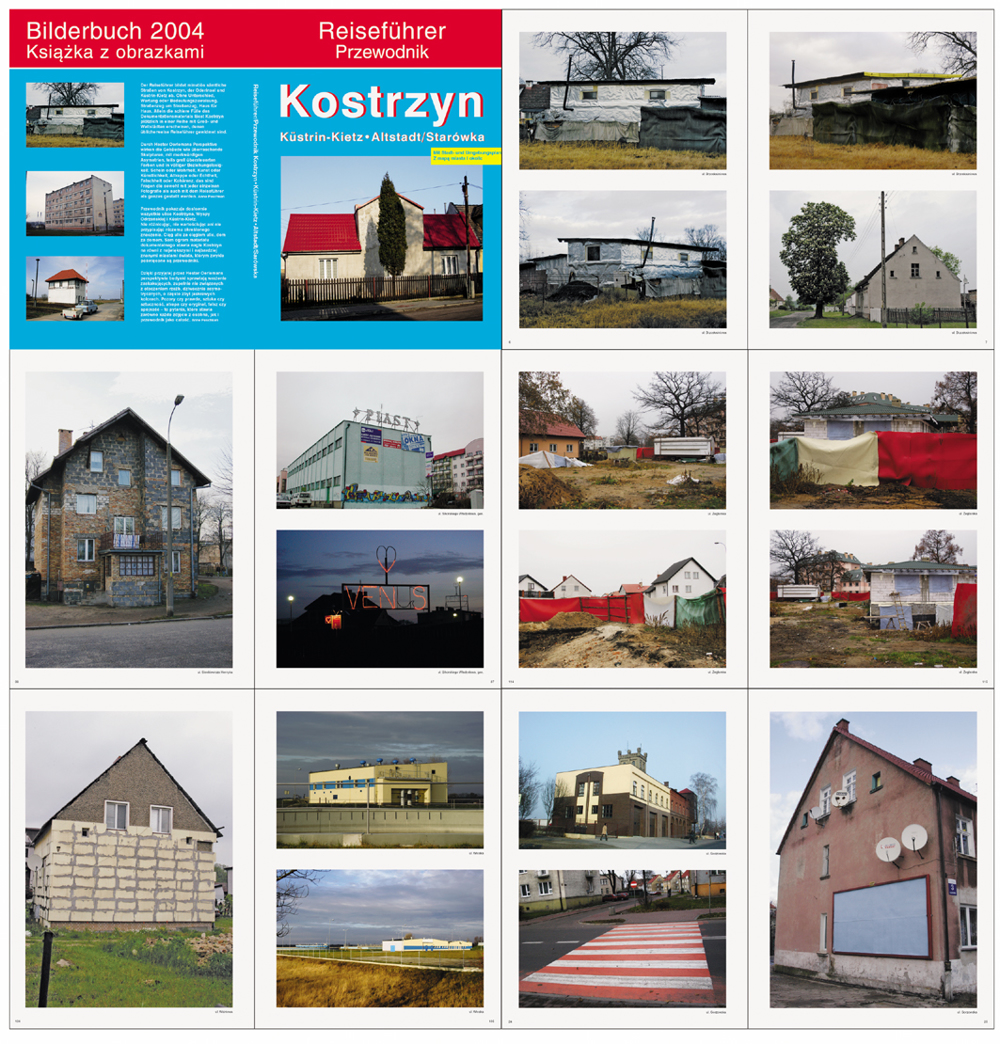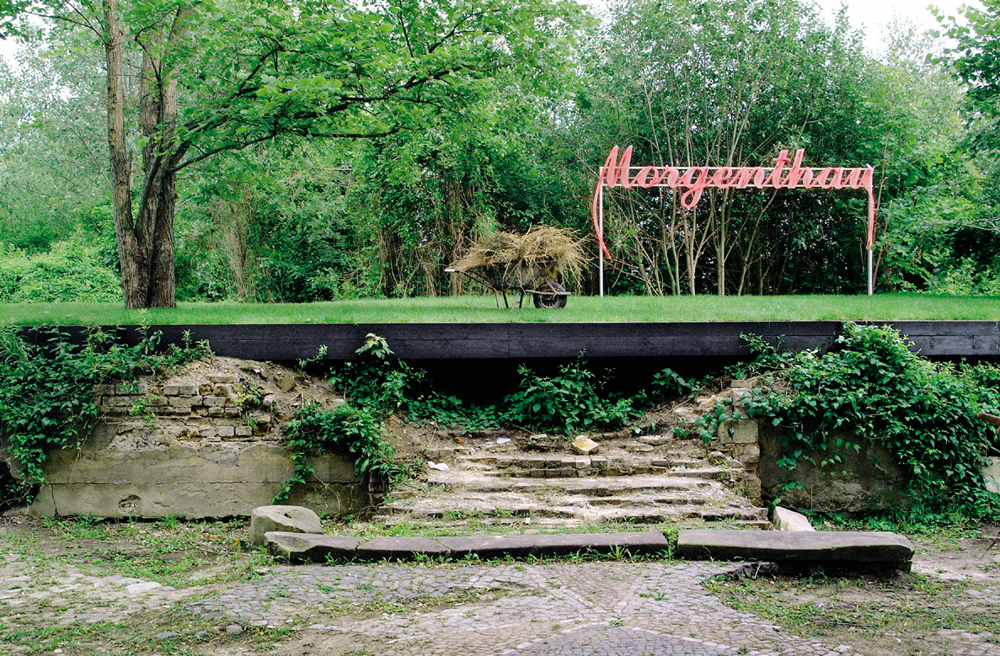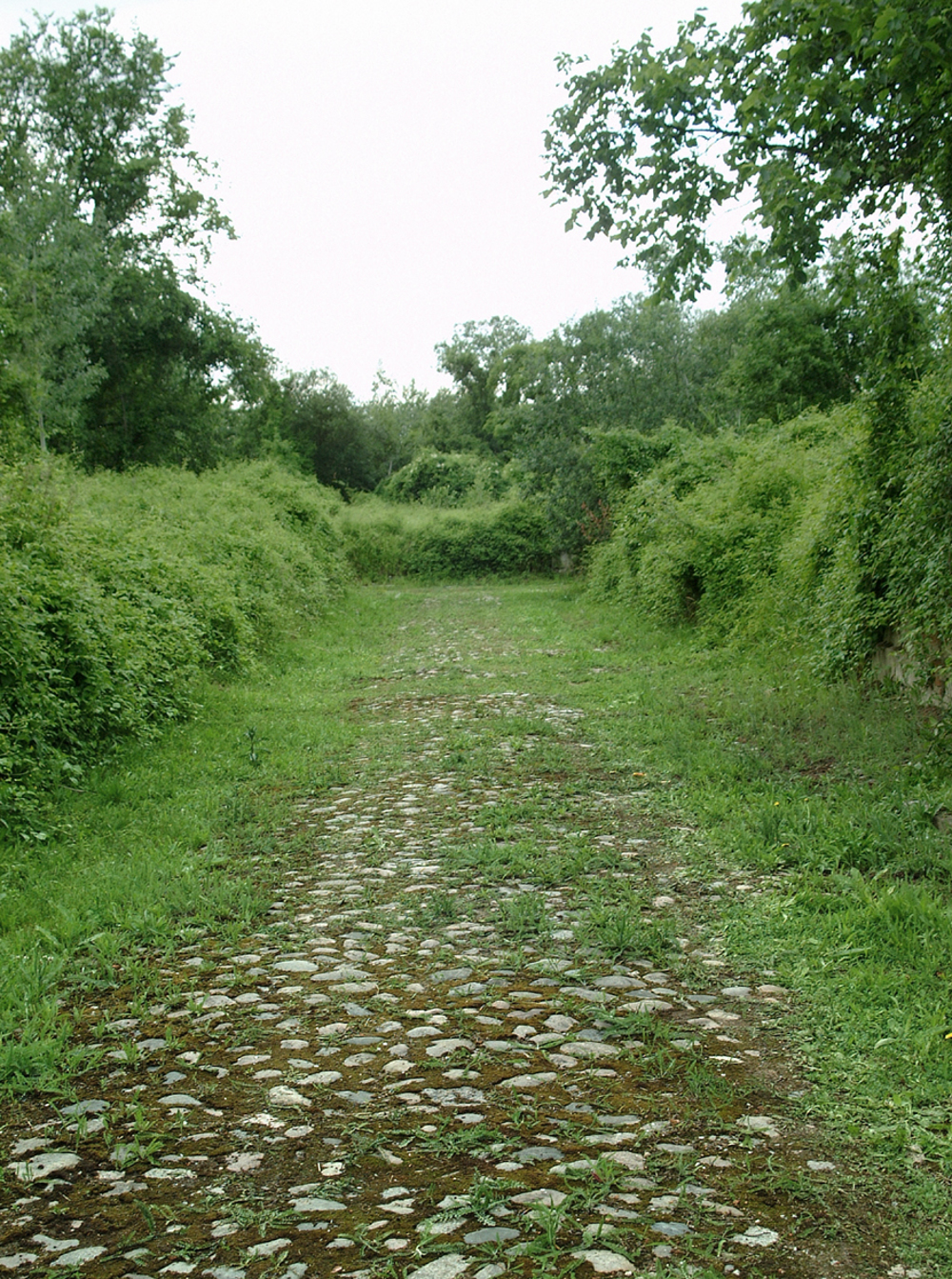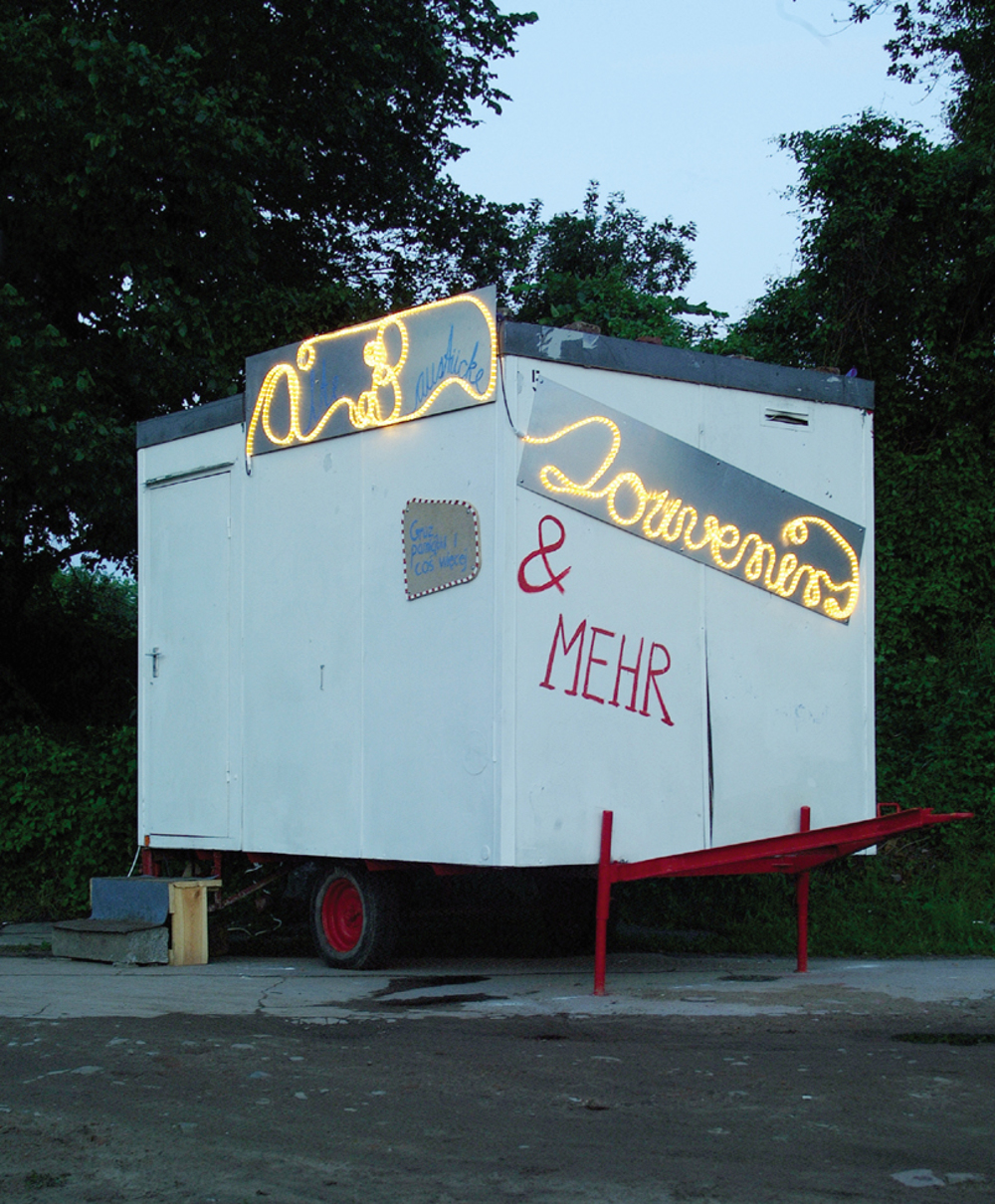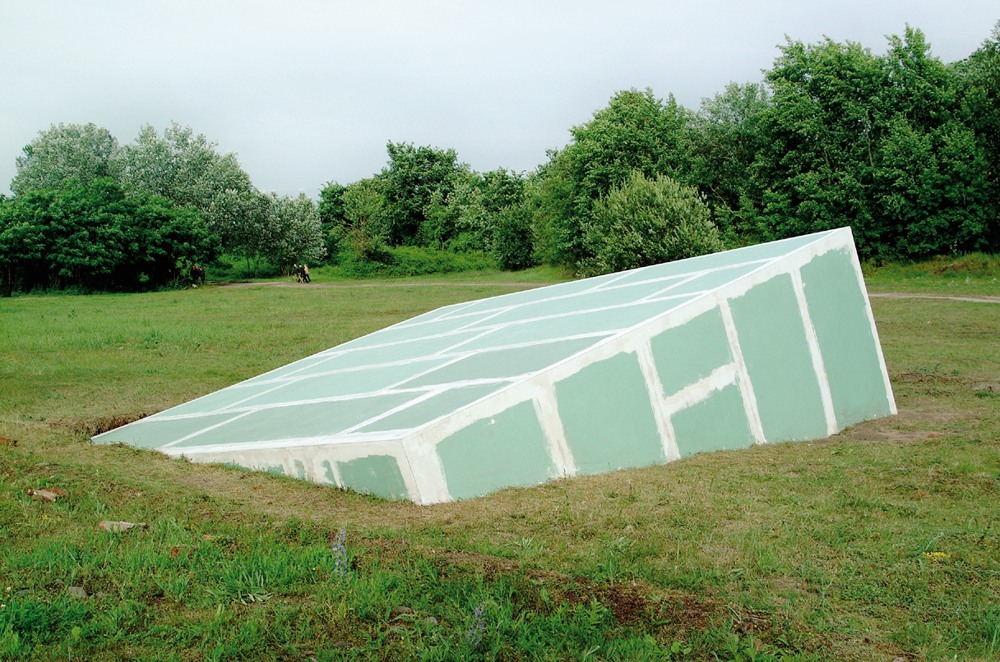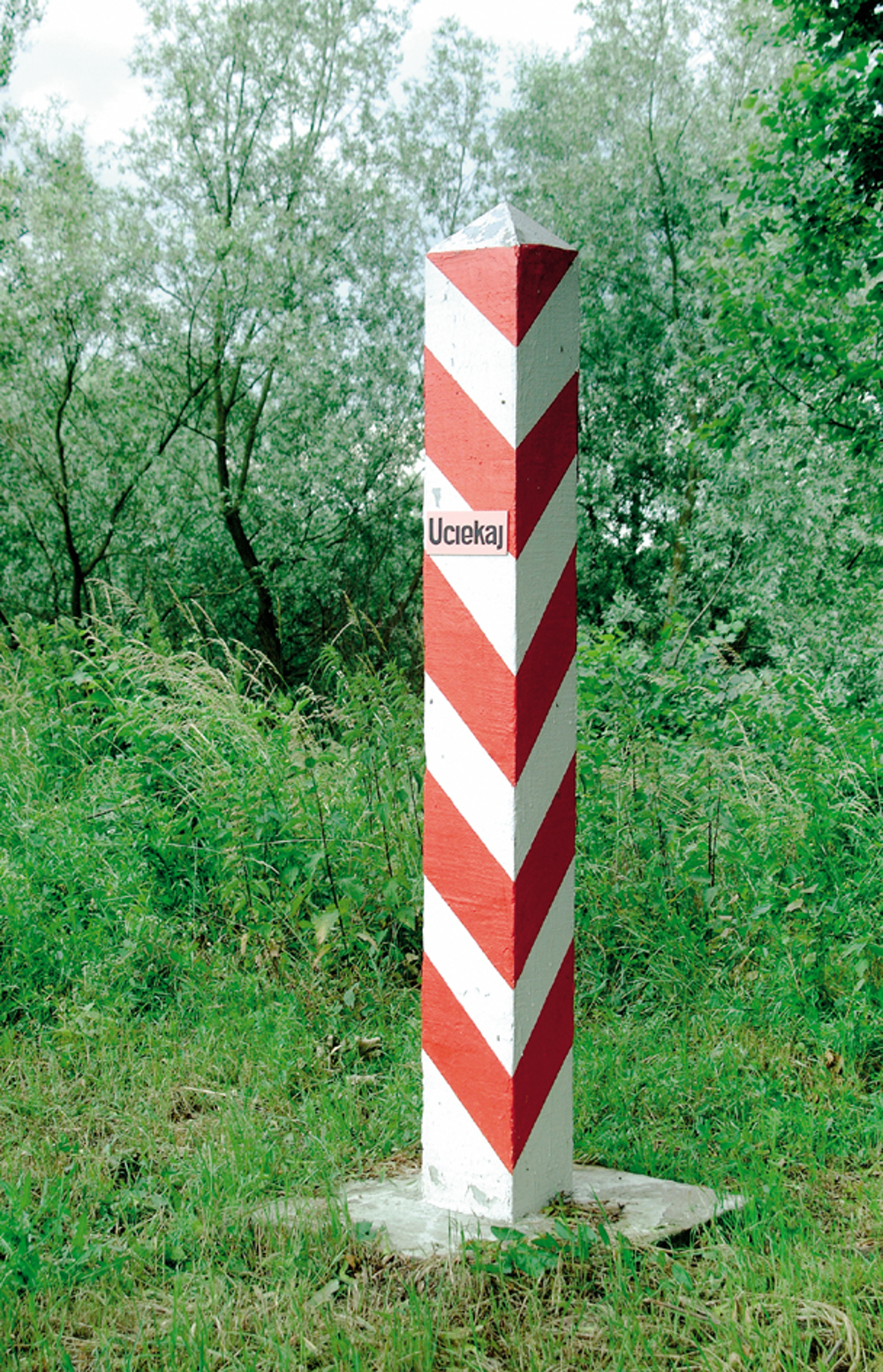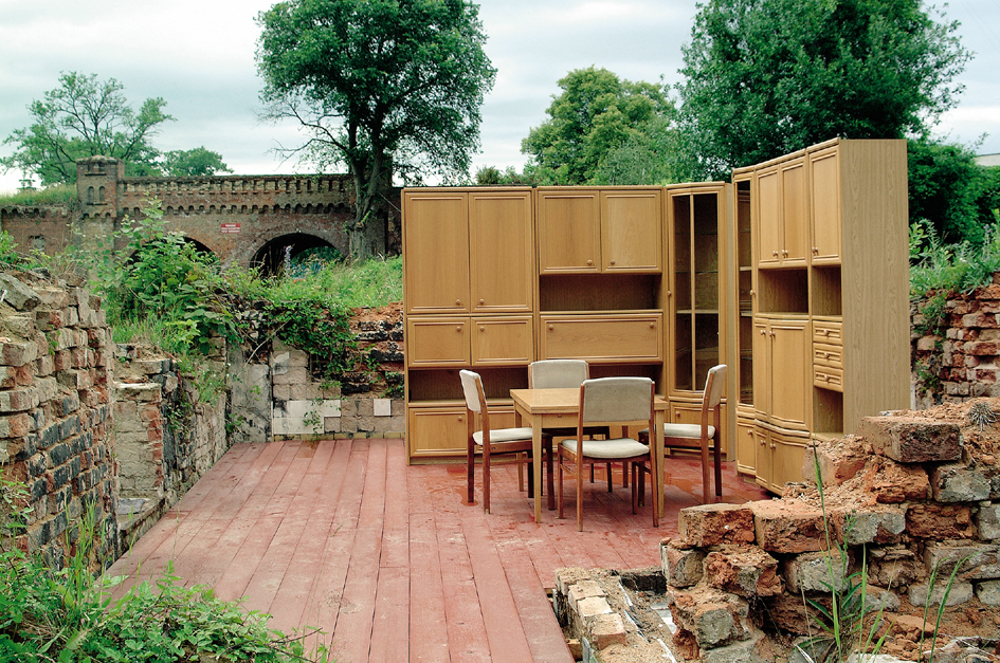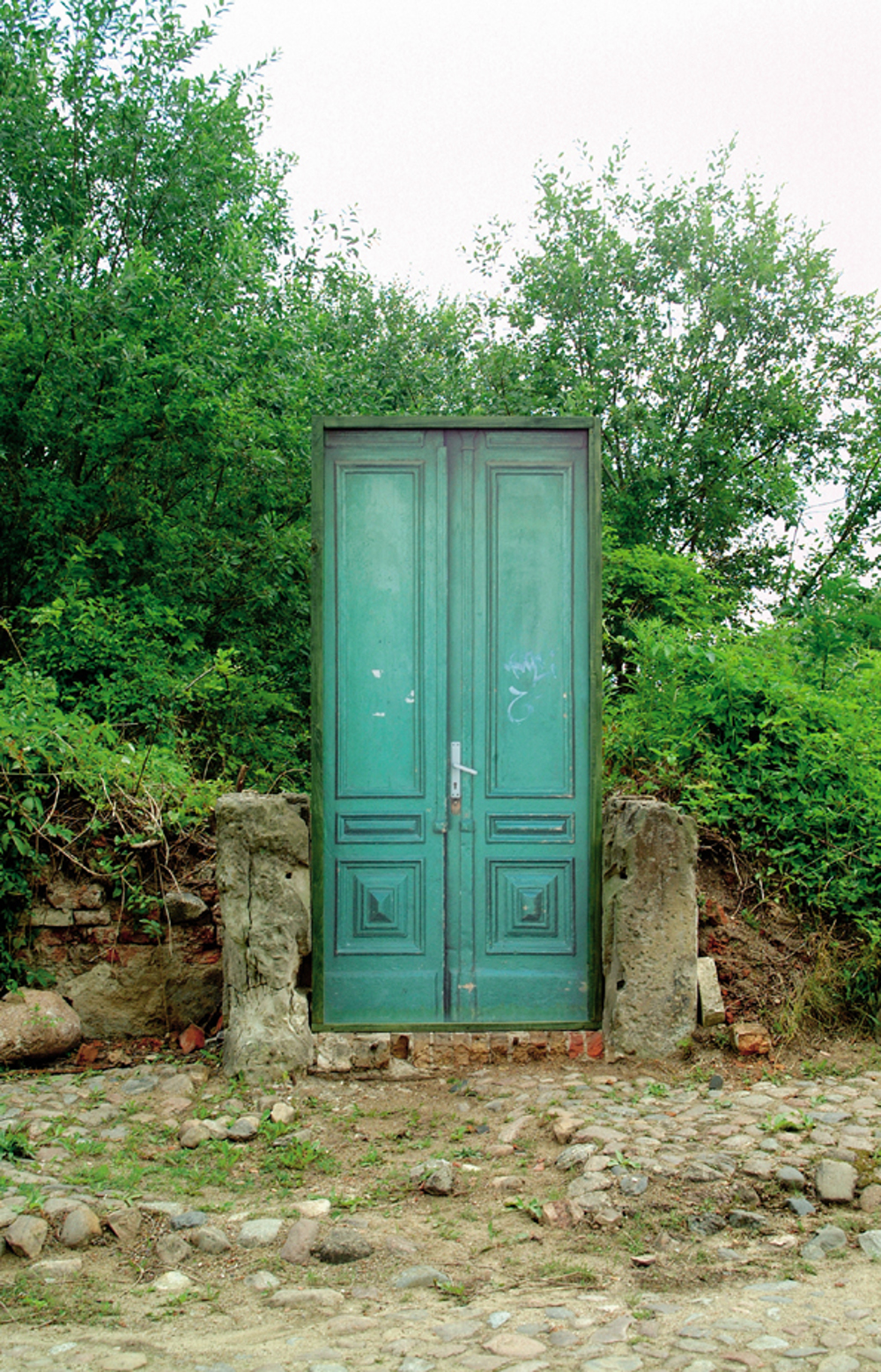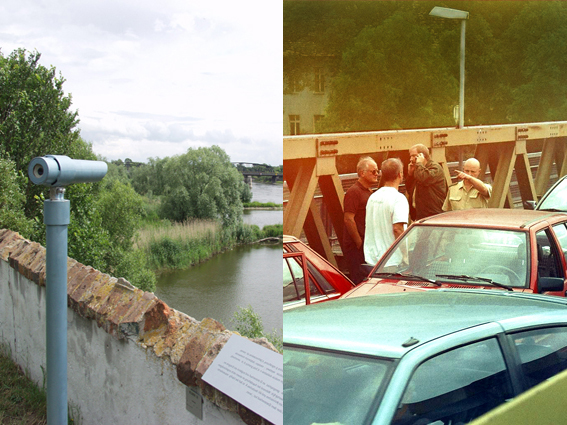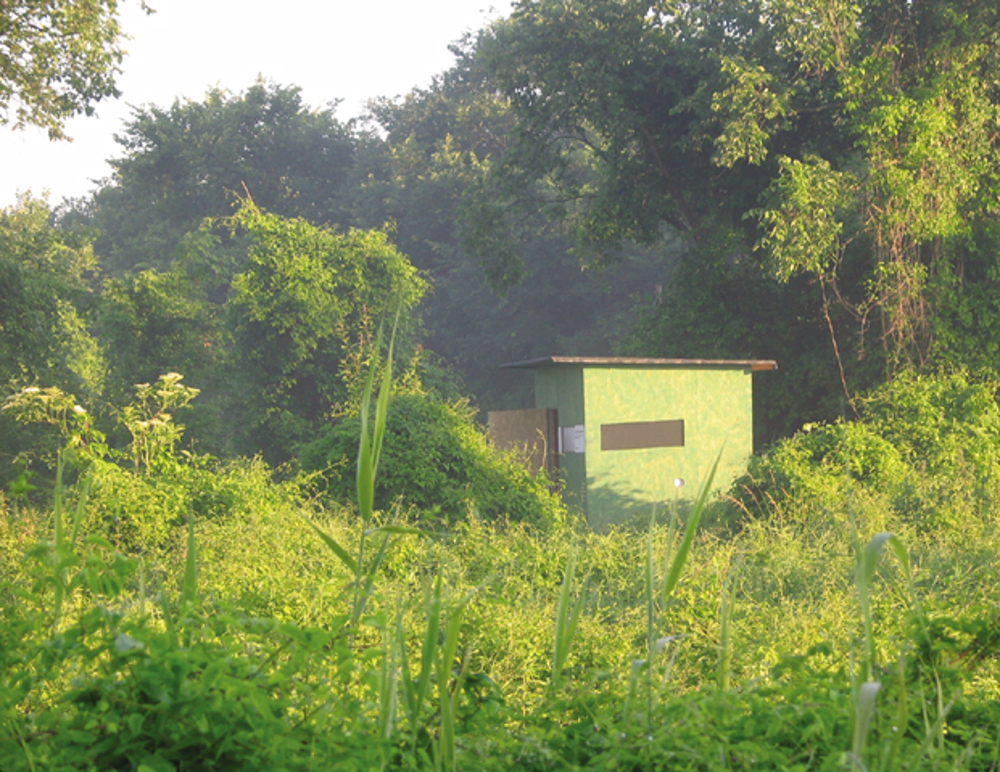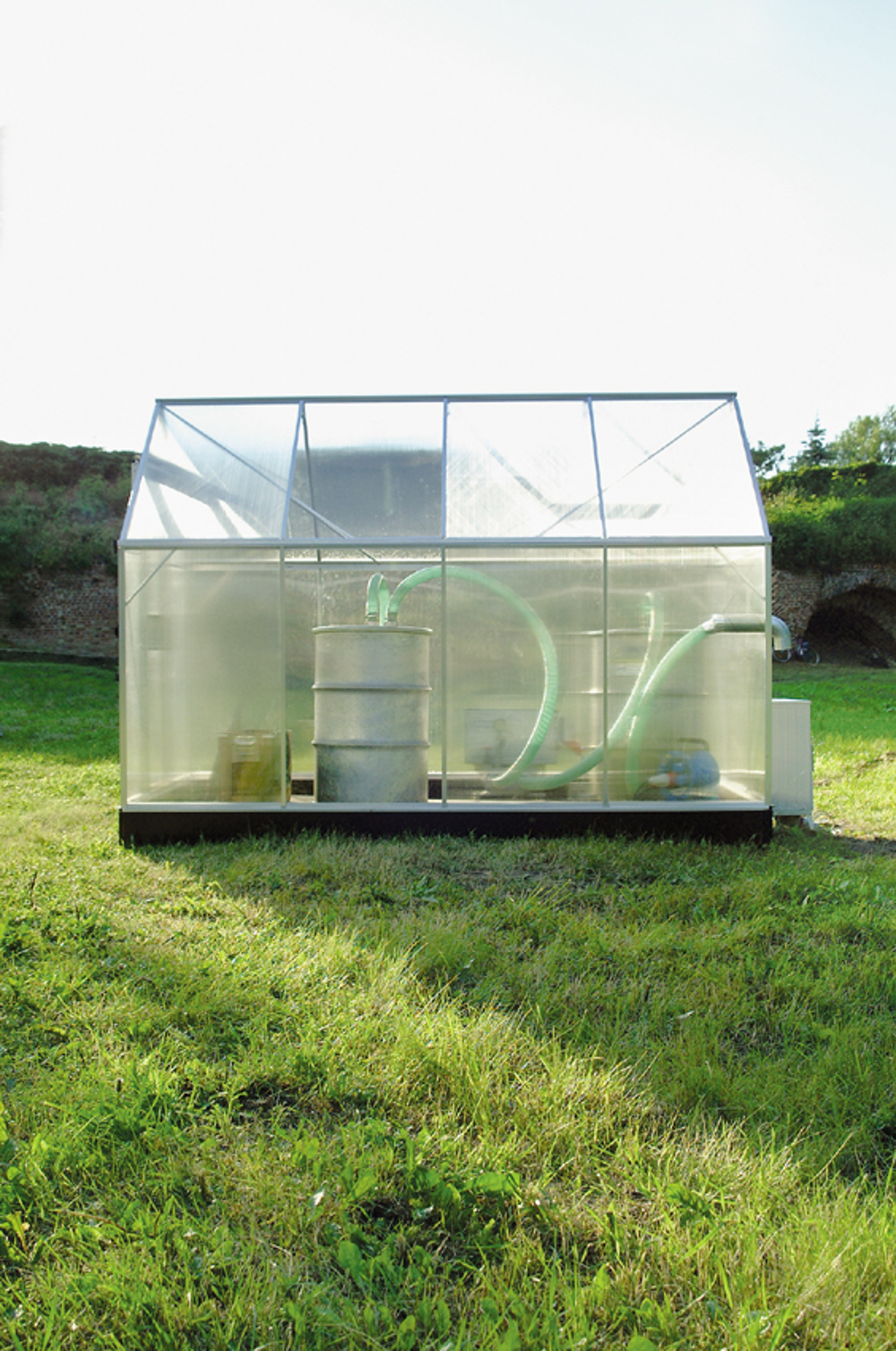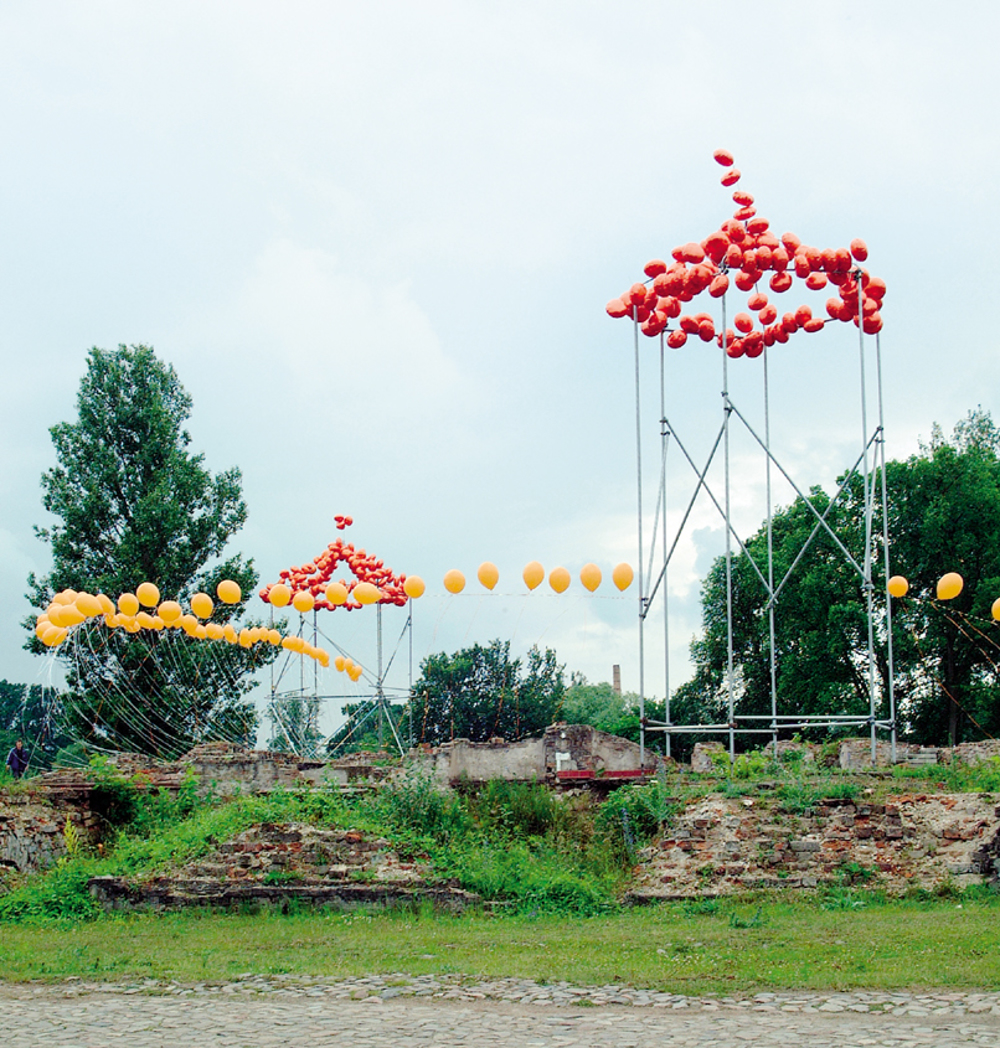Curated Projects
Dialog Loci
Art project on the premisses of the former Fortress of Küstrin, now Kostrzyn.
Nineteen artistic interventions in public space relating to different aspects of the social environment, the complex cultural history of the place, its border location and/or fortress architechture.
Once the fortress enclosed the entire old town, which was completely destroyed at the end of the World War II and never rebuilt. Today the place is often referred to by locals as the Pompeii of the 20th century.
Dialog Loci uses the fortress as a space for dealing with personal historical experience as well as general national historiography in a now forgotten and functionless place. The exhibition draws into focus still open questions of national identity, questions border symbols and their limitations, focuses on social problems in connection with local economic conditions and references cultural differences or apparently uncontrollable ecological-vegetative influences.
For the duration of the exhibition the area is turned into a place for contemporary art and - emphasized by the special nature of the location - topics such as migration and cross-border contacts are discussed in an international dialogue about the past and the future. In 2004, the year Poland joined the EU, it was one of few large-scale events dealing projects with this topic.
Participating artists: Mirosław Filonik, Bernardo Giorgi, Krescenty Głazik, Elżbieta Jabłońska, Grzegorz Klaman, Michael Kurzwelly, Hester Oerlemans, Arturas Raila, Carina Randlov, Susken Rosenthal, Jadwiga Sawicka, Roland Schefferski, Zbigniew Sejwa, Anne Peschken/Marek Pisarsky (Urban Art), HS Winkler, Georg Winter, Markus Wirthmann and Julita Wójcik. Exhibition curator: Aneta Szyłak.
An extensive catalog was published for the project, which deals in detail with the history of the place (essay by historian Jan Piskorski), the border area (essay by Uwe Rada, journalist), the implications of time (philosophical conversation between philosopher Robert Pfaller and Conny Habbel), considerations on ruins (essay by art historian Kari Jormakka) and on art in public spaces in Poland (art historian Aneta Szyłak).
All photos documentating artists' work in the catalog and below © Justyna Schwertner.
